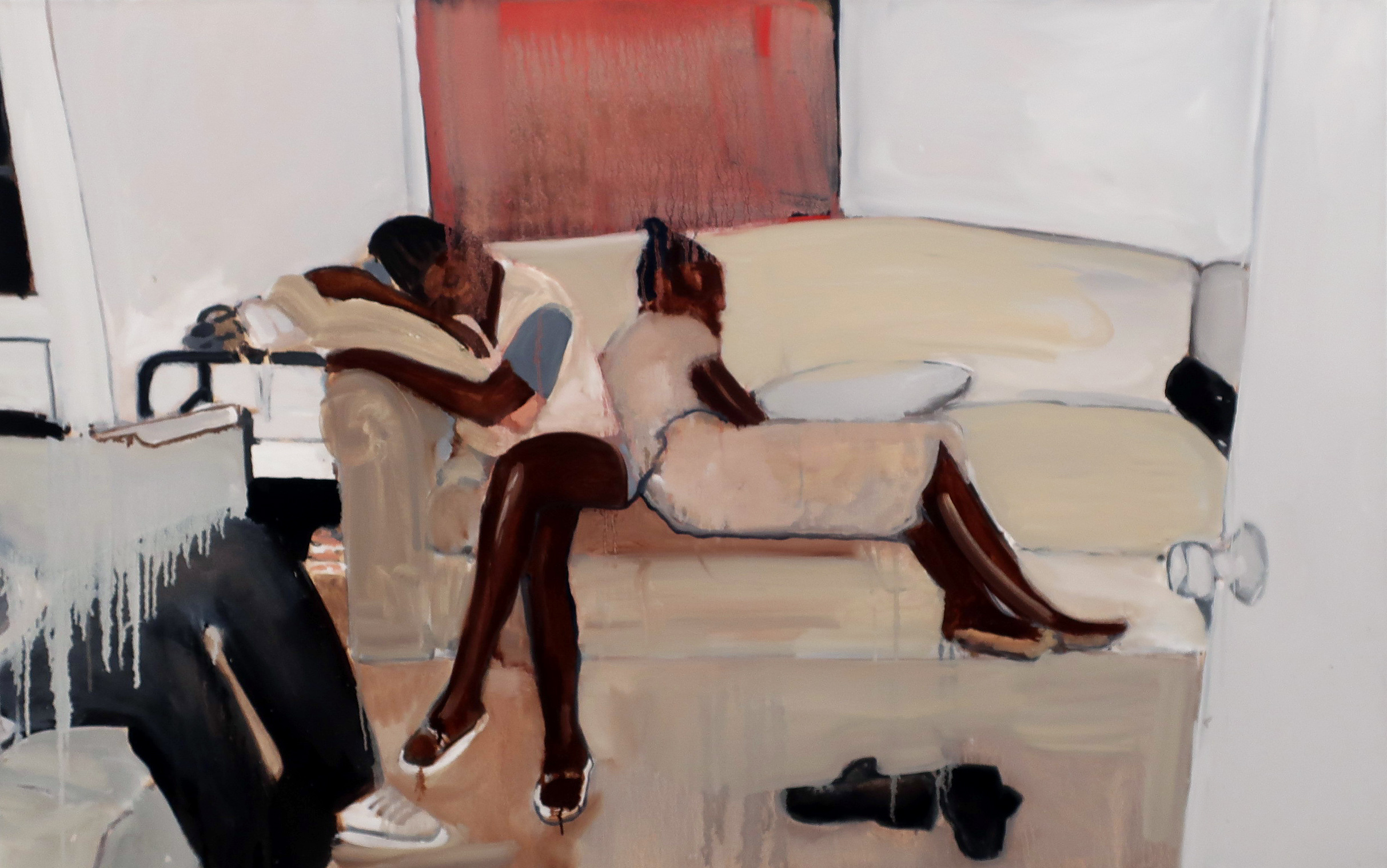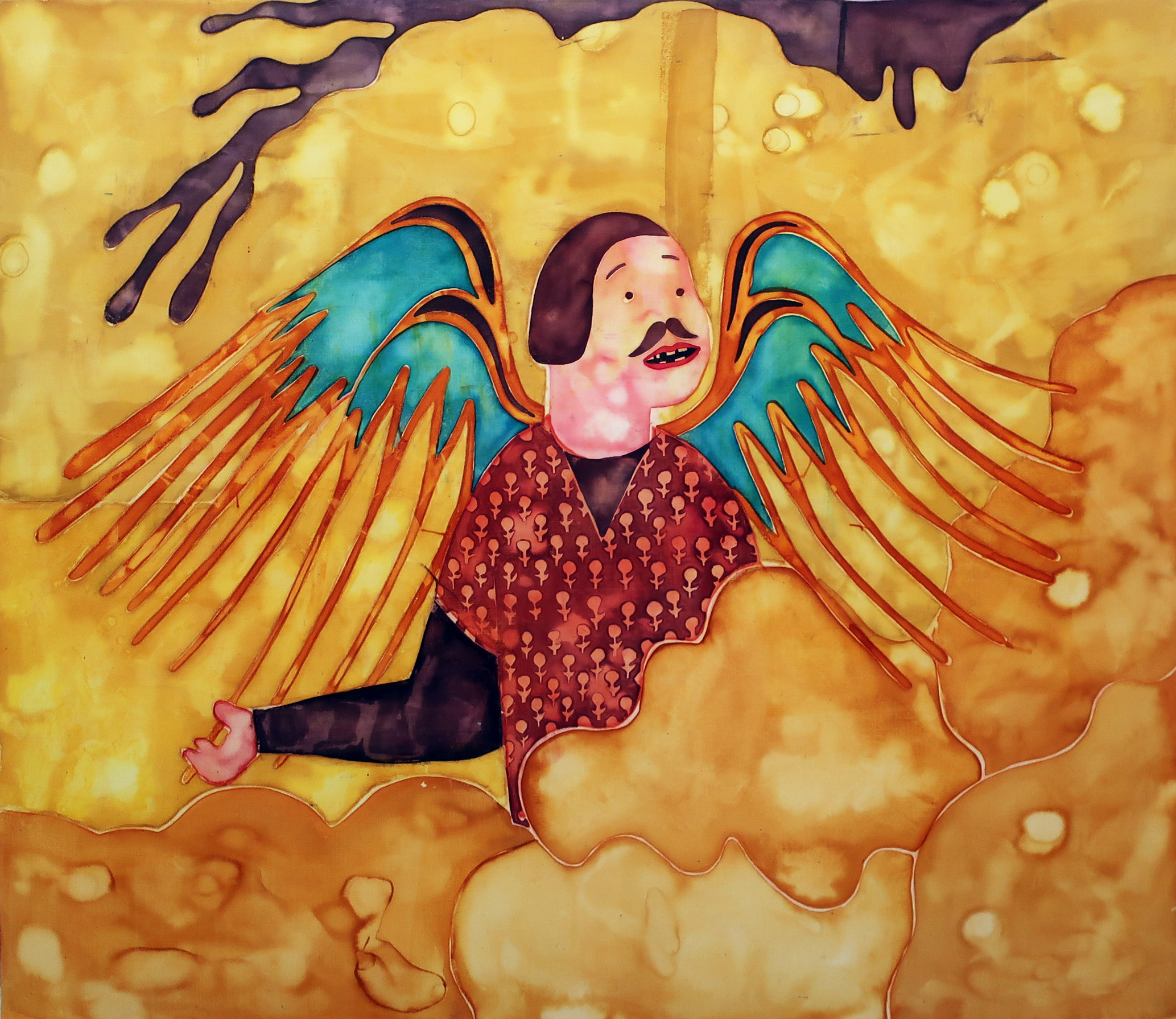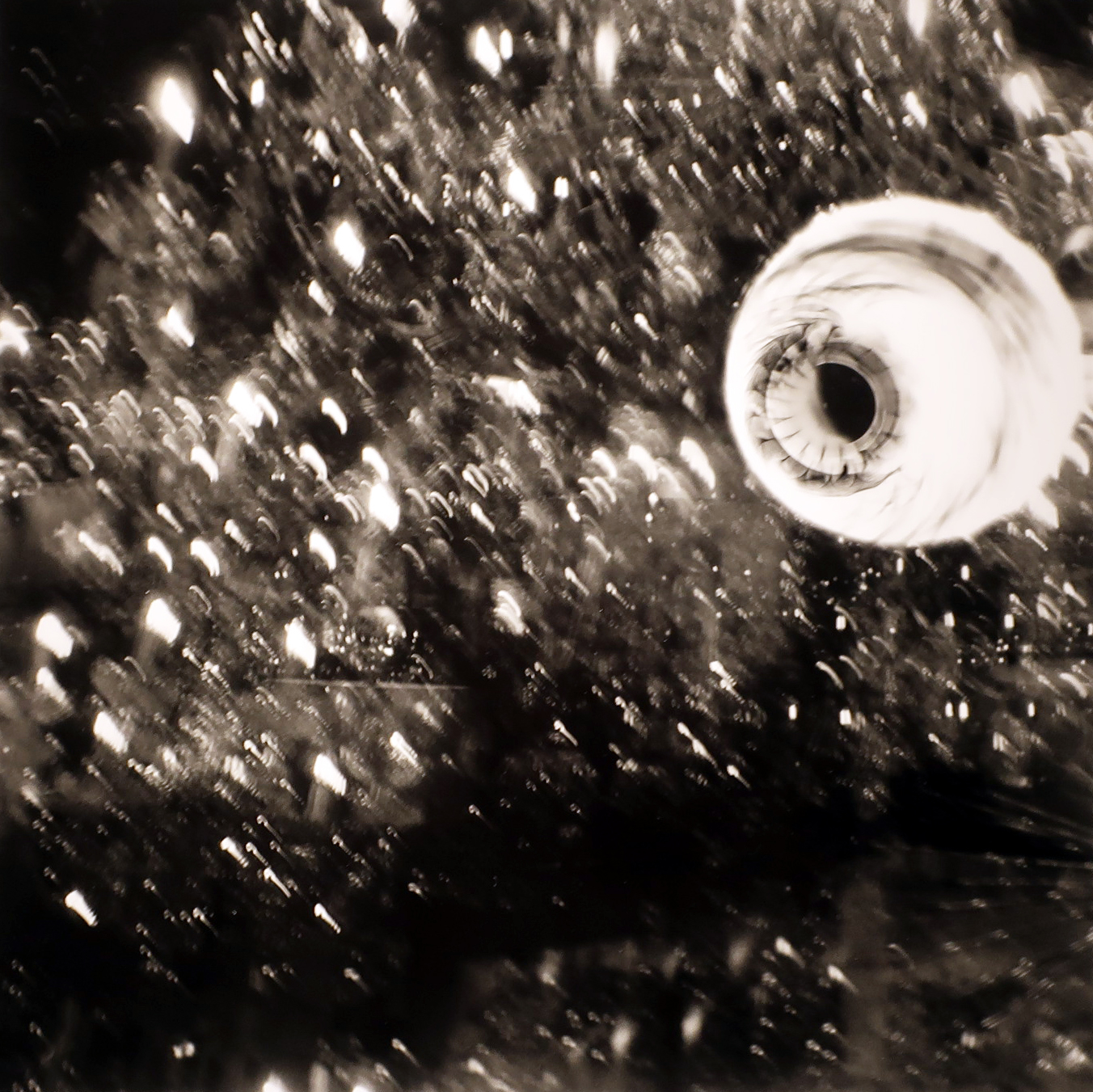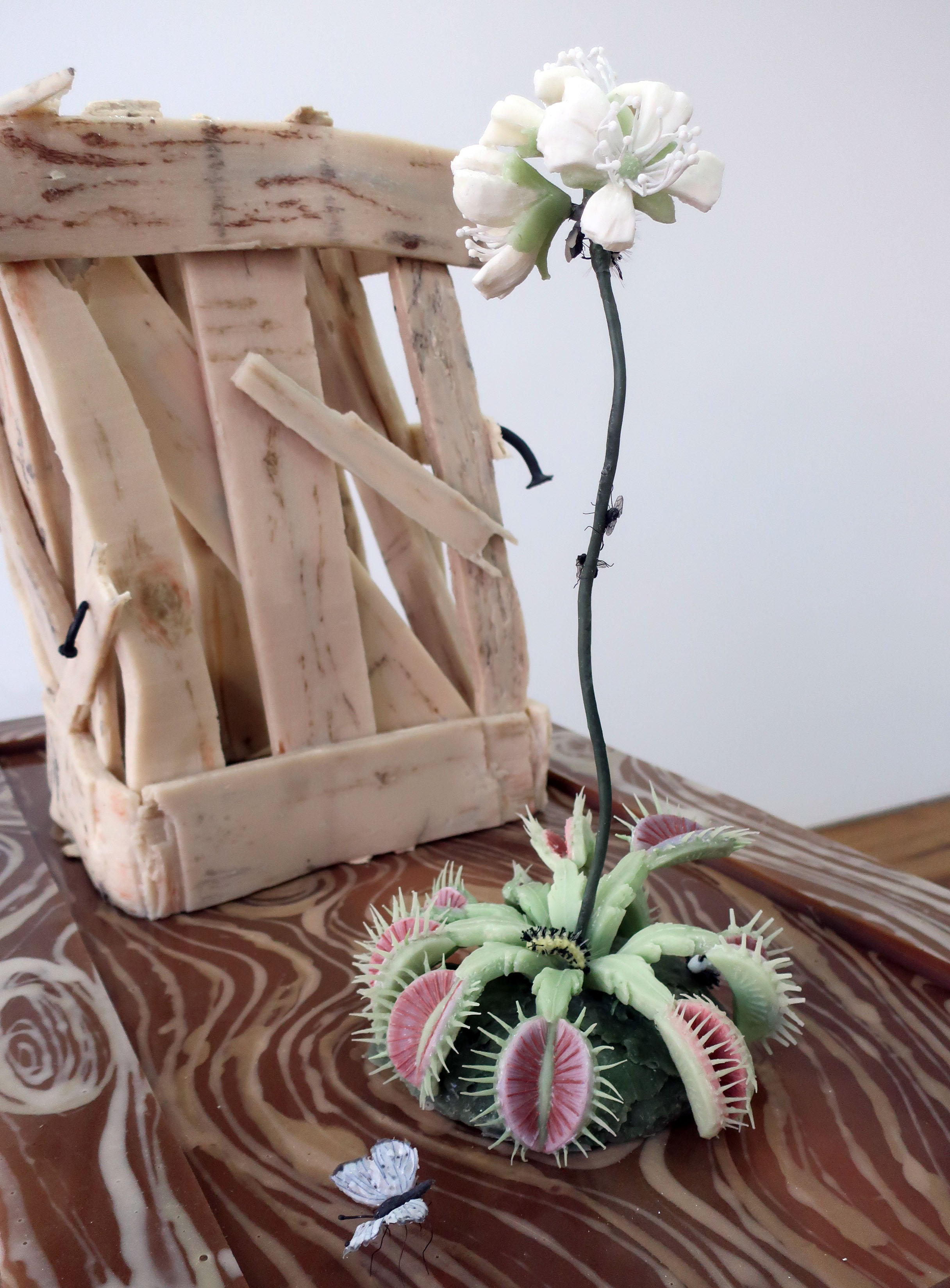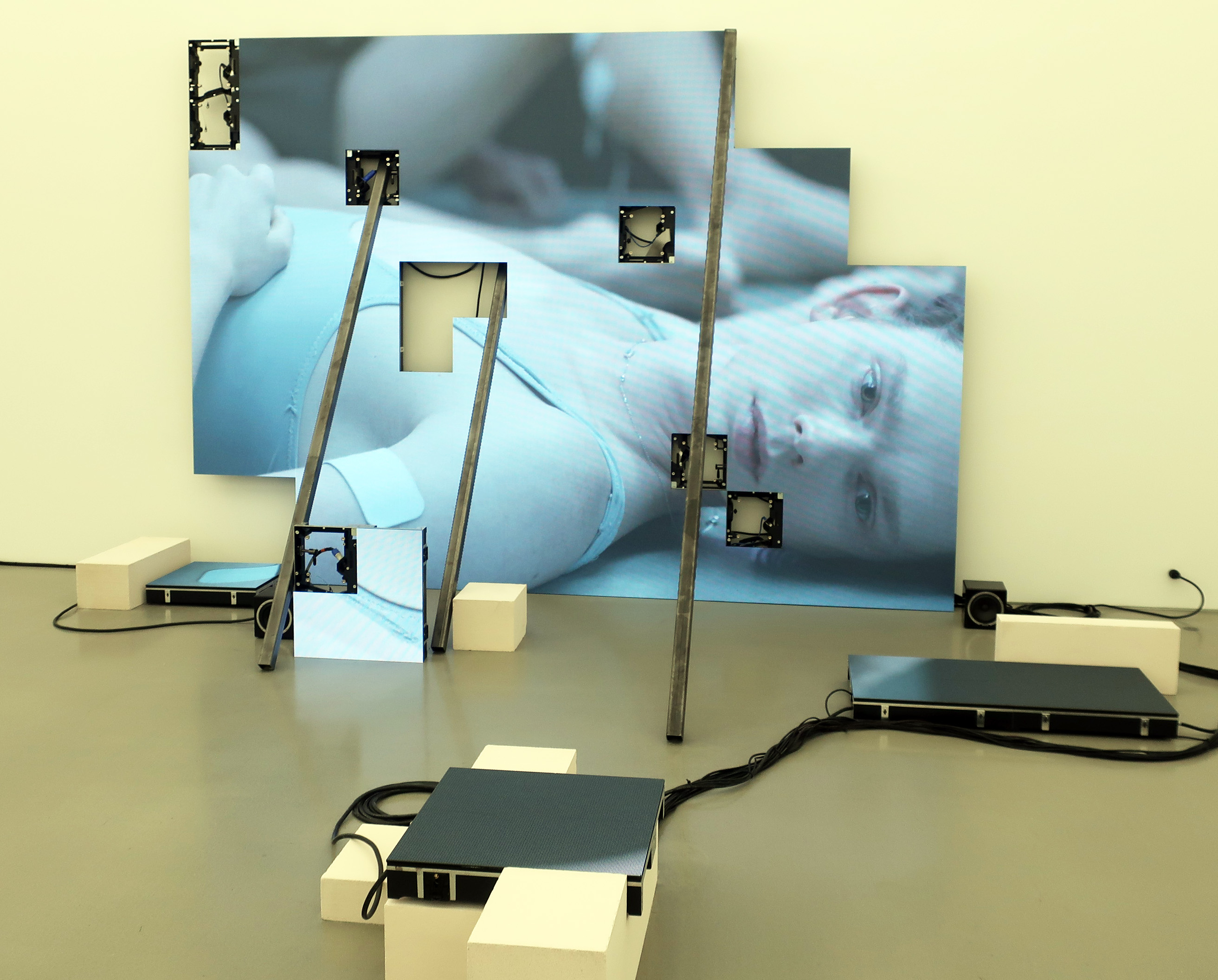Young LA painter Noah Davis died from cancer in 2015, but the hundreds of artworks he left behind are currently impacting the New York art scene thanks to a double-gallery exhibition at David Zwirner Gallery. Davis’ style can shift from washy to realistic in the same canvas, creating surprising effects as representation dissolves into uncertainty. Here, two napping figures on a couch evoke a languorous afternoon, made intriguing by the almost melting space above the lap of a third figure. (On view in Chelsea through Feb 22nd).
